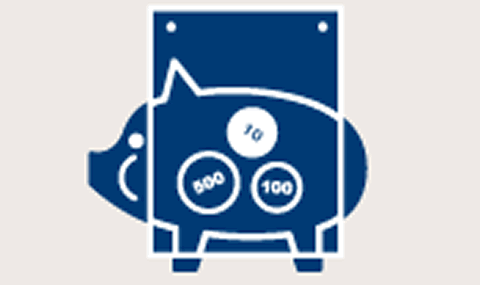Doctors around the world rely on X-rays to peer inside their patients. Modern digital X-ray machines use a large flat-panel detector, and can produce an accurate, detailed image almost instantaneously – but they’re also expensive, running anywhere from $100,000 to $200,000; in developing countries, the costs can be prohibitive. But physicist John Rowlands believes he can make a machine that will deliver equally reliable results at one-tenth to one-fifth of the cost.
Rowlands is a professor in the departments of radiation oncology, medical biophysics and medical imaging at U of T, and works in the imaging research department at the Sunnybrook Health Sciences Centre. He has been developing a device known as an “X-ray light valve,” which takes advantage of a new technique for recording X-rays. In a standard machine, the X-rays interact with phosphors on a screen to produce an image; in Rowlands’ device, they interact with a photoconductor placed adjacent to a layer of liquid-crystal selenium. When X-rays strike the photoconductor, they create electrical charges – which then collect on the surface of the selenium cell to produce an image. The picture can then be scanned with a conventional optical scanner (similar to those found in photocopiers), and saved to a computer if desired. The resulting image is just as sharp as that produced by a standard machine, Rowlands says.
Until recently, X-ray images were recorded on light-sensitive film that had to be chemically developed; as with so many other types of imaging, digital X-ray systems are quickly replacing these older machines, allowing for instant results and the ease of sharing, enhancing and storing the resulting images.
In Rowlands’ device, the key to the reduced cost is that each of the components of the valve device is already widely manufactured for other applications. Although the first market for the device would be North America, he would follow this closely with Asia and India, he says.
Rowlands, who has been working on his idea with several colleagues for much of the last decade, currently has a prototype with a selenium cell measuring about 10 sq. cm; any device used in medical diagnostics would have to be much bigger, but he says the technology is “scalable.” That is, a larger detector would merely involve a larger cell, without any new science. He says he already has a company backing the development of the device for commercial use, though that is still a few years away.
Recent Posts
For Greener Buildings, We Need to Rethink How We Construct Them
To meet its pledge to be carbon neutral by 2050, Canada needs to cut emissions from the construction industry. Architecture prof Kelly Doran has ideas
U of T’s 197th Birthday Quiz
Test your knowledge of all things U of T in honour of the university’s 197th anniversary on March 15!
Are Cold Plunges Good for You?
Research suggests they are, in three ways





